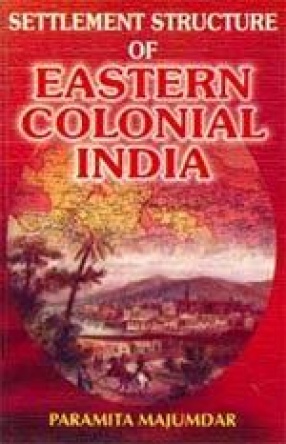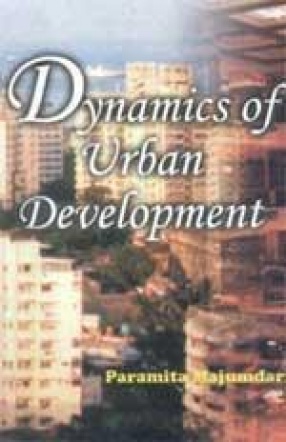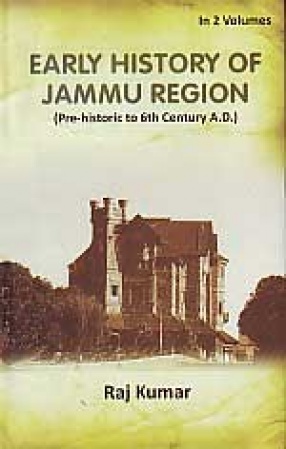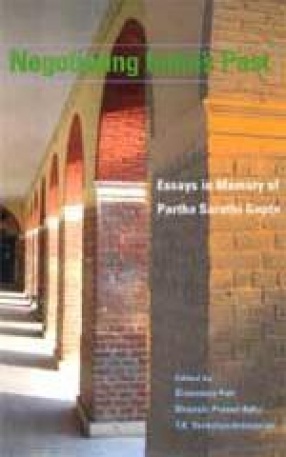The form of settlement in any particular region reflects Man’s relationship with the environment. The pattern and structure of settlement in a space along with the organization of population provides fair idea about the levels of development achieved by that region. The history of Bengal presidency and the province of Bihar and Orissa have been most significant in the context of colonial rule in India. It went through most turbulent periods in terms of economic casualty, political instability, social transformation and cultural syntheses. The perceive the vicissitudes of changes in every sphere, the region is one of the best. Being a highly involved and complex area and the scene of many political events which shaped the society and economy, it is interesting to know how these forces played a decisive role in shaping the settlement structure of the region. The present study is an attempt towards understanding the settlement structure of the two provinces during 1901 and 1931. The main objectives of the study are as follows: To observe the temporal variation the settlement structure in terms of density, distribution, growth and size of settlements. To analyse the occupational distribution of the population in order to understand the economic structure of the settlements. To analyse the difference in the density of population and settlement growth by observing the pattern and trend of migration. Well illustrated with tables, maps and diagrams the book would meet the requirements of geographers, sociologists, historian, researchers and all others interested in the subject.
Settlement Structuer of Eastern Colonial India
In stock
Free & Quick Delivery Worldwide
reviews
Bibliographic information
Title
Settlement Structuer of Eastern Colonial India
Author
Edition
1st ed.
Publisher
Gagandeep Publications, 2007
ISBN
818886501X
Length
xv+271p., Tables; Maps; Bibliography; Index; 23cm.
Subjects






There are no reviews yet.